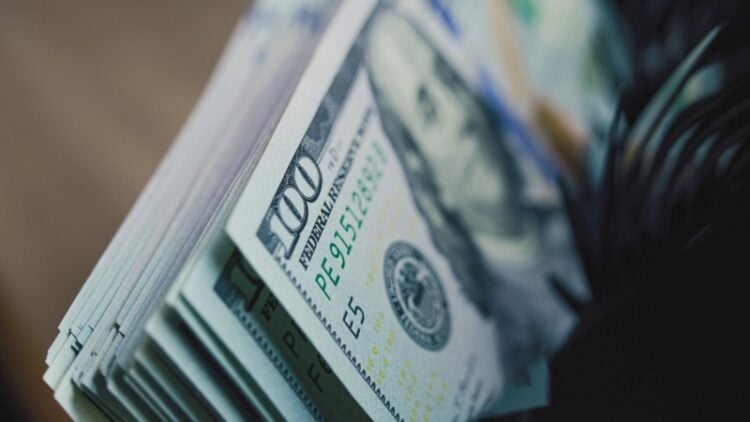Publisher: Maaal International Media Company
License: 465734
Dollar under pressure as Asian counterparts charge higher
The dollar struggled to make headway on Tuesday as an unprecedented two-day surge in its Taiwanese counterpart spilled over to other regional peers and highlighted the fragility of the U.S. currency, Reuters reported.
The past two-day sharp moves in the Taiwan dollar subsided during the session, but Hong Kong’s de-facto central bank intervened to stop the local currency from strengthening and China’s yuan jumped in its return from an extended break.
Investors were also awaiting actual progress in trade negotiations with the United States and evidence of a thaw in Sino-U.S. relations, as opposed to just hints from officials.
اقرأ المزيد
The Taiwan dollar on Monday surged to a three-year high of 29.59 per dollar, having leapt 8% in two days, in a move which coincided with the end of U.S.-Taiwan trade talks in Washington. It was last slightly weaker at 30.185 per dollar.
“The factor many talk about is whether these countries with historically ‘weak’ and heavily managed currencies are now appealing to Trump through the currency channels and are now allowing for an appreciation of the currency as part of the trade negotiations,” said Chris Weston, head of research at Pepperstone.
Such a deal has been repeatedly denied by Taiwan’s central bank, but the market is not entirely convinced and sees the Taiwan dollar’s jump having its tacit approval, as well as likely to be welcomed by the United States.
The Hong Kong dollar was also testing the strong end of its trading band between 7.75 and 7.85 per dollar, which prompted the Hong Kong Monetary Authority to buy $7.8 billion (HK$60.5 billion) earlier in the day to prevent the currency from breaking its peg to the U.S. dollar.
The onshore yuan was 0.7% higher at 7.2212 per dollar following the reopen of trade after an extended break, while its offshore counterpart strayed not too far from a six-month high at 7.2135.
“To some extent, it’s fair to say that Asian exporters have been among other things hoarding more U.S. dollar as U.S. interest rates rose together with higher (left-hand side) hedging costs,” said Michael Wan, senior currency analyst at MUFG.
“To the extent that trade positions with the U.S. changes more fundamentally, there could also be a more fundamental rebalancing. Even if not repatriating back home, certainly some rebalancing towards other global assets might be reasonable.”
Currencies like the Australian dollar and the yen also benefited from the fallout, with the Aussie last hovering near Monday’s five-month high at $0.6467.
The yen steadied at 143.69 per dollar, having risen 0.9% in the previous session.
The moves further reinforced the narrative of investors falling out of favour with the U.S. dollar, triggered by President Donald Trump’s chaotic global tariff policy.
“U.S. Treasury yields are basically back to where they were prior to ‘Liberation Day’, but the U.S. dollar is still sharply weaker,” said Carol Kong, a currency strategist at Commonwealth Bank of Australia.
“I think that just indicates that markets are still unsure of the U.S. dollar’s safe-haven status… investors are wary of putting their money into the U.S. dollar.”
Against a basket of currencies, the dollar was down 0.1% at 99.73. The dollar index had clocked a monthly decline of 4.3% in April, the largest in over two years.
The Federal Reserve announces its policy decision on Wednesday and is expected to keep rates on hold, but the meeting may be the last where the outcome is so cut and dry.
Elsewhere, the euro rose 0.09% to $1.1324, while sterling ticked 0.05% higher to $1.3303.
The New Zealand dollar gained 0.26% to $0.5982.
The Bank of England also meets this week and is expected to lower interest rates by a quarter point on Thursday as Trump’s tariffs darken the global growth outlook, while central banks in Norway and Sweden are expected to keep rates steady.








